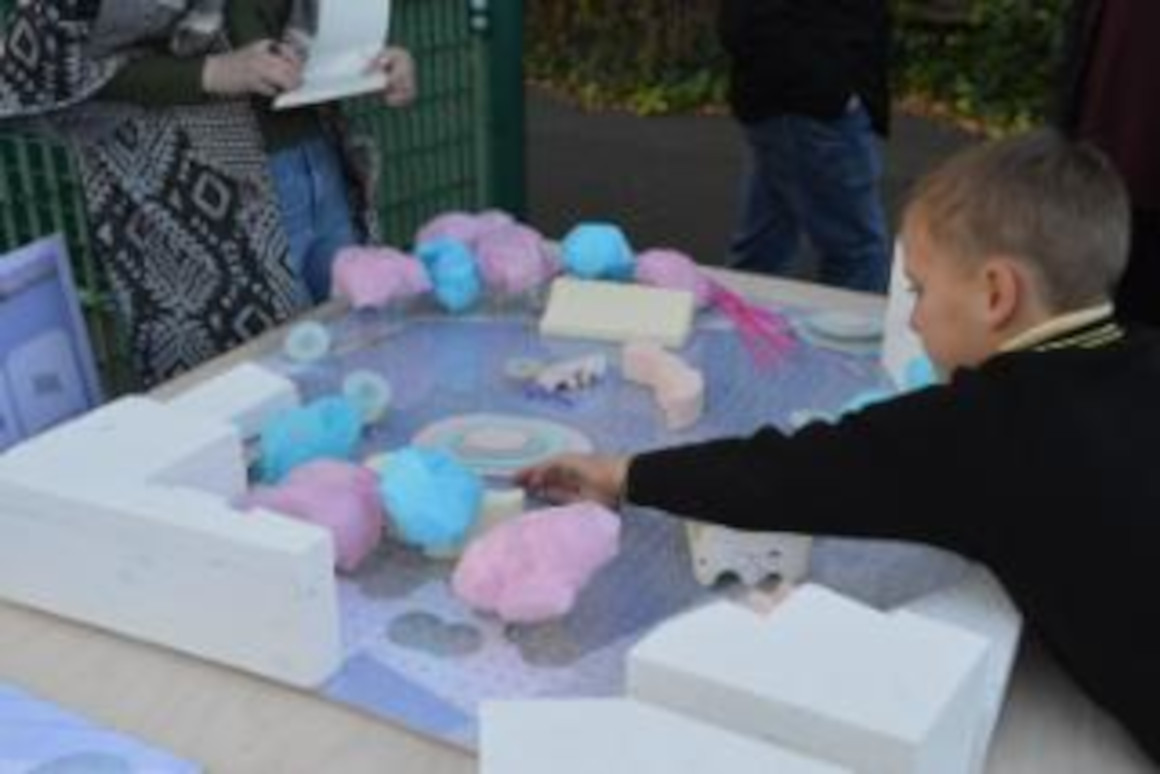Place-o-matic Model
The money received from the Engagement Fund was used to purchase a CNC cut 18mm PLYwood framework and kit-of-parts that were used to build an experimental public consultation toolkit we have nicknamed the ‘place-o-matic’.
The money received from the Engagement Fund was used to purchase a CNC cut 18mm PLYwood framework and kit-of-parts that were used to build an experimental public consultation toolkit we have nicknamed the ‘place-o-matic’. This can be seen in the photos below.
Based on a previous experimental model made by our 2017/18 Stage 3 students for Stoke, as part of our successful Linked Research project 2018/2019 with Stage 5/6 students we remade the original model into a more universal (and more robust) kit of parts that could be applied to other locations, and easily assembled / dismantled.
The hypothesis behind the model is based on an ongoing background research project Matthew Margetts and Cara Lund are pursuing around the themes of democratising information and explaining complexity under the umbrella of Systemic Design Thinking. The ‘place-o-matic’ toolkit is essentially a flexible physical modelling tool to enable us to make robust interactive models for public consultation to explore complex, time based problems.
In the scenario shown the model was deployed in Bells Yard, Jesmond in October 2018, as part of a public consultation event to help develop a brief for improvements to the Bells Yard community playground. Using the ‘place-o-matic’ kit of parts a model was made to engage school children in discussions around zoning and territories within the playground and more specifically around the nature of the boundaries between these zones – using a bar-billiards / wrecking ball-like device. Using the model children were able to contribute meaningfully to discussions around the abstracted themes of threshold, zoning and defensible space.
Outputs from the consultation event were subsequently used by the playground management team to justify a Section 106 funding application to release funds for playground improvements. The students used the information gained to illustrate the main hypothesis in their Linked Research Document ‘Towards Four Dimensional Engagement’.
